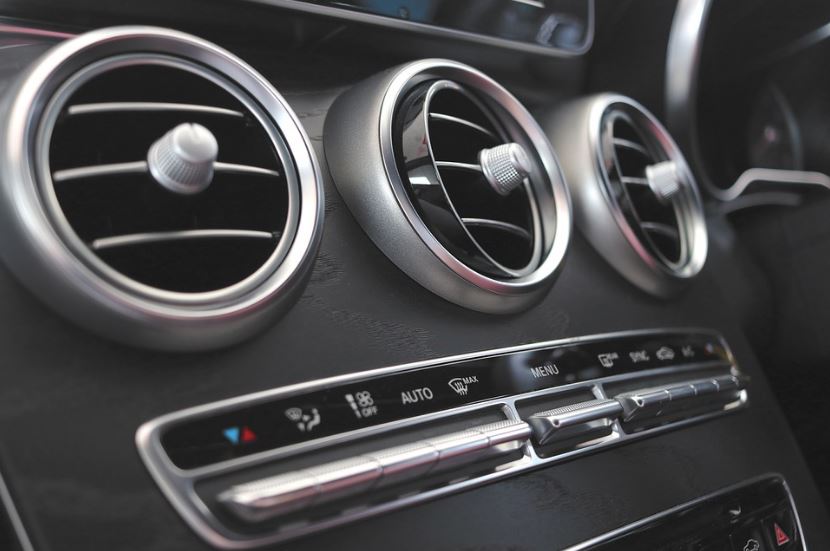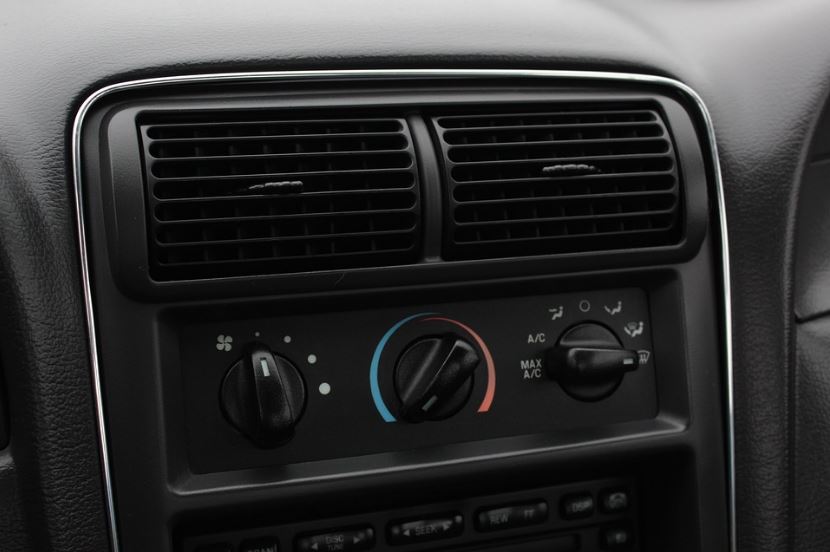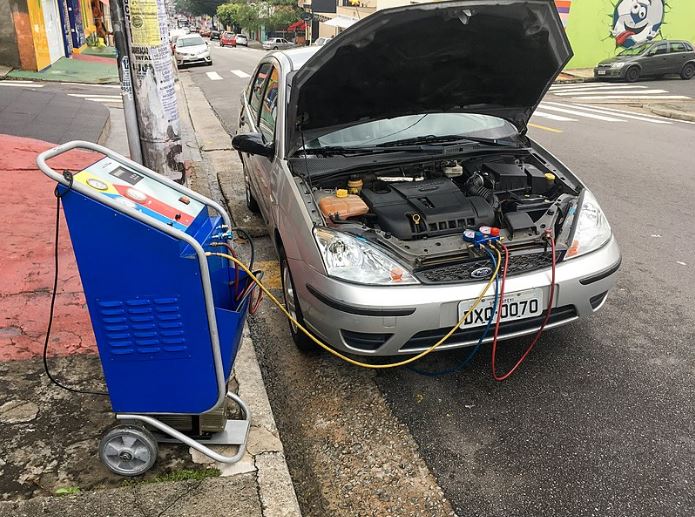The majority of drivers today avoid vehicles that lack a functioning air conditioning system, as these vehicles tend to be too hot during warm weather and too chilly on days when the outdoor temperature is too low. A car’s air conditioning system is used to make the voyage more comfortable for the driver and the passengers by regulating the temperature inside the vehicle.
In this article, we will discuss one of these components, namely the AC compressor, which is deemed to be part of the air conditioning system. The following information pertains to AC compressors and their applications.
Understanding AC Compressor
The compressor is the air conditioning system’s power device, which pressurizes the refrigerant before pumping it into the condenser, where it changes from a gas to a liquid. A completely operational compressor is required for the air conditioning system to operate at peak efficiency.
On most automobiles, the A/C compressor is operated by an accessory belt. If the belt is worn and slides, the compressor will not function at its maximum capacity. Compressors can also discharge refrigerant, resulting in a decrease in interior air temperature. Internal components can also malfunction, causing a lack of cold air. Not all air conditioning issues are caused by a lack of refrigerant. Some are due to malfunctioning system components, such as the compressor.
Compressing refrigerant vapor to increase its pressure and convert it to a heated gas is how the air conditioner’s compressor operates. The heated gas is cooled and condensed by drawing ambient air through the condensing coil using a fan, which exits as hot air. As the refrigerant gas cools, it condenses into a liquid, which is then pumped indoors towards the evaporator by the compressor. At this juncture, the air passes through a restrictor or expansion device, which lowers the refrigerant’s pressure and causes evaporation, thereby cooling the air. The fluid is then recirculated to the compressor to resume the cycle.
There are three common varieties of air conditioning compressors: reciprocating, rotary, and scroll compressors. Most contemporary air conditioners utilize a scroll compressor. Copper refrigerant conduit connects the compressor to the rest of the system, allowing the refrigerant to circulate. It also requires a power source and must therefore be connected to your home’s electrical system.
It is not prudent to travel with a broken air conditioning compressor. Although it is sometimes possible to drive a vehicle with a damaged A/C compressor without costly repairs, it is unwise to do so. When these essential components of your car’s air conditioning system fail, it can cause greater engine damage and even be hazardous to your health.
The A/C compressor is the central component of any vehicle’s air conditioning system. Without a functional compressor, the air conditioner will not function effectively. This can lead to a lack of air circulation in your car’s cabin, which can result in the accumulation of dirt or mildew in the vents, thereby fostering the development of mold. An ineffective air conditioning unit is one of the major difficulties of traveling with a broken A/C compressor. Despite the fact that a malfunctioning A/C system may not seem hazardous at first, it can have negative effects on your health.
Types of AC compressors
Swash Plate Type
The primary fixed displacement compressor type, swash plate compressors, are small in size, light in weight, efficient, and dependable. This form of compressor is suitable for a wide range of applications due to the available range of displacement sizes, and swash plate compressors have been adopted worldwide in applications such as compact cars and minivans, large buses, and construction equipment.
Vane Type
Vane type compressors have a straightforward design and are ideal for applications where a very compact and lightweight compressor is required. They are predominantly used in compact vehicles. This compressor is composed of cylinders, five vanes built into the rotors, two discharge valves, front and rear side plates, and two discharge valves. The five vanes rotate with the rotors while making contact with the cylinder’s wall.
As the rotor rotates, the cylinder volume increases, causing refrigerant to trickle into the cylinder shaft from the suction port. The refrigerant is compressed by the rotation of the rotor as the vanes secure it within the cylinder. Upon reaching outlet pressure, it is then expelled through the discharge port. The compressor has two apertures for suction and discharge. Each rotation discharges 10 times of refrigerant.
Scroll Type
The center of the scroll compressor consists of a fixed coil, the scroll, which is a more recent innovation. A second coil rotates around the central scroll, compressing and propelling the refrigerant toward the center. Because it contains fewer moving elements, the scroll compressor is significantly more reliable.
This compressor is composed of a fixed scroll and a rotating scroll in an offset spiral configuration. Variable-volume spaces are created by the rotation of the shaft between the two scrolls, causing refrigerant to be drawn in and compressed.
As the rotating scroll moves, the space between the two scrolls also moves, resulting in a progressive reduction in the volume of this space. The suction port draws in refrigerant, which is progressively compressed by the rotating scroll. After approximately three rotations, it is expelled via the discharge port. Actually, refrigerant is discharged once per rotation. It is a highly efficient and quiet compressor primarily used in tiny and light vehicles.
One-Way Swash Plate Type
This form of compressor transmits an electronic signal from outside the compressor to the control valve to enable precise voluntary control, thereby allowing the compressor to operate at optimal displacement. This system permits substantial energy savings.
Within the compressor, the required quantity of refrigerant gas is sucked in and compressed by adjusting the pressure balance. Adjusting the angle of the swash plate forces the piston to make larger or smaller pulses. This allows for stable temperature control and an enhanced driving experience.
Other Parts of an AC System
The A/C condenser of your vehicle is typically located in front of the radiator, earning it the moniker mini-radiator. When the compressor is pressurizing the refrigerant, the condenser reduces the temperature and pressure of the refrigerant’s heated gases. In addition to this, the condenser is the component that is in charge of delivering the liquid refrigerant to either the receiver/dryer or the accumulator. A condenser consists of the following parts:
- Compressor
- Condenser fan
- Motor
- Circuit board
An integral component of the condenser is the fan. It cools the passage of refrigerant to the evaporator. A malfunctioning condenser may be the cause of the hot air emanating from the car’s air conditioner. Therefore, cleaning the condenser’s clogged pipelines will help maintain its efficiency.
Receiver/Dryer
The receiver / drier, also known as the accumulator, is a container in the air conditioning system that contains a desiccant for moisture absorption. This component may have a viewing window on its top, allowing you to observe flow. This component causes the air entering your vehicle to have minimal humidity levels.
Whether or not your vehicle has a receiver/dryer or accumulator depends on its make and model. In vehicles with a thermal expansion valve, a receiver/dryer is installed. On the other hand, cars with an orifice tube have an accumulator.
The receiver/dryer’s job is to separate the gas and liquid. If water gets into the generator, it will break. A compressor is not made to work with liquids; it only works with gases. This component also removes moisture with a desiccant. Desiccants are comparable to the tiny packets of beads found in the packaging of new electronics. In addition, filters protect the A/C system from pollutants and other impurities.
The accumulator regulates and monitors the quantity of refrigerant that enters the evaporator. Additionally, it stores excess refrigerant, filters debris, and extracts moisture.
Thermal Expansion Valve
High-pressure liquid is expanded by the thermal expansion valve, also known as the metering device or orifice tube. The process of expansion decreases the refrigerant’s pressure and temperature. The metering device is mounted between the drier and the firewall on the high-pressure side of the air conditioning system. When it departs the expansion valve, the refrigerant is still in liquid form. Before entering the evaporator, this component restricts the flow of refrigerant, causing it to transform from a high-pressure liquid to a low-pressure mist.
Evaporator
The evaporator, located behind the dashboard in the interior, is one of the most important components of the car’s air conditioning system. It transforms the low-pressure, low-temperature liquid into a gas that travels through the car’s air conditioning vents. If the evaporator is damaged, your car’s air conditioner may produce insufficient ventilation. It is responsible for cooling the air with the refrigerant before it is blown into the vehicle’s interior.
To conclude
Air conditioning is essential because it serves to cool the car during the summer. In the summer, the outside temperature can rise to uncomfortable levels, causing discomfort for the driver and occupants.
Using the air conditioner to cool the car helps provide a comfortable driving environment and a cool interior climate. Driving is made safer by ensuring that the interior of the vehicle is cold during the warm months. Heat discomfort while driving can lead to distractions and unease, as well as potentially hazardous situations. Maintaining a cool interior ensures that the driver and passengers are pleasant and have an enhanced driving experience.




